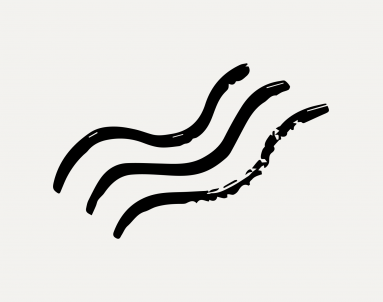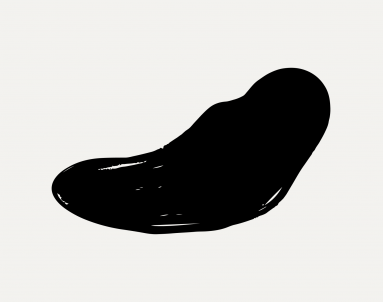Results for 'sustainability'
Showing 1-8 of 86 results




Teri outlines the brand rejuvenation of The Body Shop and how it stayed true to the brand’s ethical heritage at a time when, more than ever, people are looking for brands with purpose. Additionally, she explains how the visual codes of eco ...
Teri Henman


Join us for an intimate discussion with Natalie Brewster and Teri Henman. Natalie and Teri will share about their experiences running The Body Shop in-house creative agency, 'The Greenhouse,' the evolution of the iconic brand and how social...
Natalie Brewster, Teri Henman
Member search results




In this visual talk, Benedetta argues how the relation between graphic design and sustainability is one yet to be resolved beyond notions of reduction. As our understanding of visual culture role toward a more equitable world keeps on linge...


Since 2012, the RGD has invited submissions of projects created under the theme of communication design for social good. An international design competition, the So(cial) Good Design Awards celebrate design’s undeniable power to incite mean...












